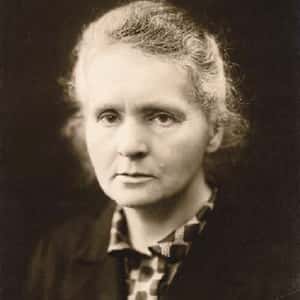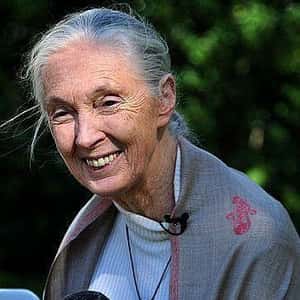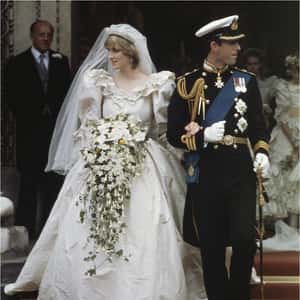The Most Inspiring (Non-Hollywood) Female Role Models
Who run the world? Girls! After compiling this list, we're positive that ladies all over the planet are kicking ass and taking names in almost every field nowadays, sorry not sorry. The amazing female role models on this list are inspiring examples of powerful females, killing it at the tops of their fields and in the trenches, helping to make the world a better place for everyone, but especially for women and girls all over the world. After all, there are presidential candidates, hard-hitting journalists, countless female CEOs and CFOs of major corporations, and a teenage girl who is on the fast track to becoming an MLB superstar. Who are the most inspiring female role models in the world today? Though we tried our best to list as many inspirational women as possible, we're sure we missed some ladies you might look up to, so be sure to add them and rerank this list. Of all these awesome female role models from around the world, which ones inspires you the most? Which of these ladies motivated you to choose your career? Which one of these amazing female role models makes you want to pursue your dreams?
- Physicist, Chemist, Scientist
- Age: Dec. at 66 (1867-1934)
- Birthplace: Warsaw, Poland
- 2
Your Own Mom
Brag about her. She's great!
- Anthropologist, Researcher, Primatologist
- Age: 89
- Birthplace: England, London
- Pilot, Writer
- Birthplace: Atchison, Kansas
- Crown Princess
- Age: Dec. at 36 (1961-1997)
- Birthplace: Sandringham, England
- Military Leader
- Age: Dec. at 19 (1412-1431)
- Birthplace: Domrémy-la-Pucelle, France







